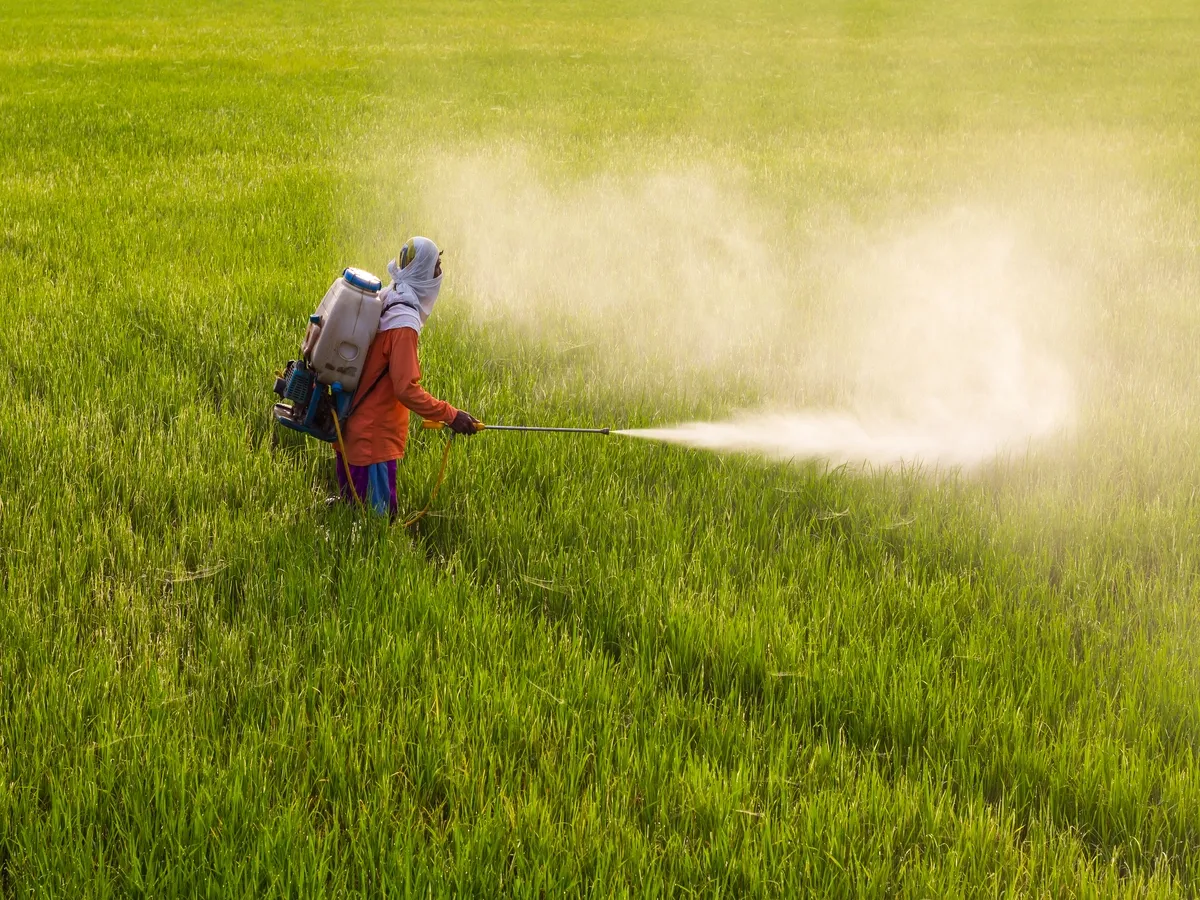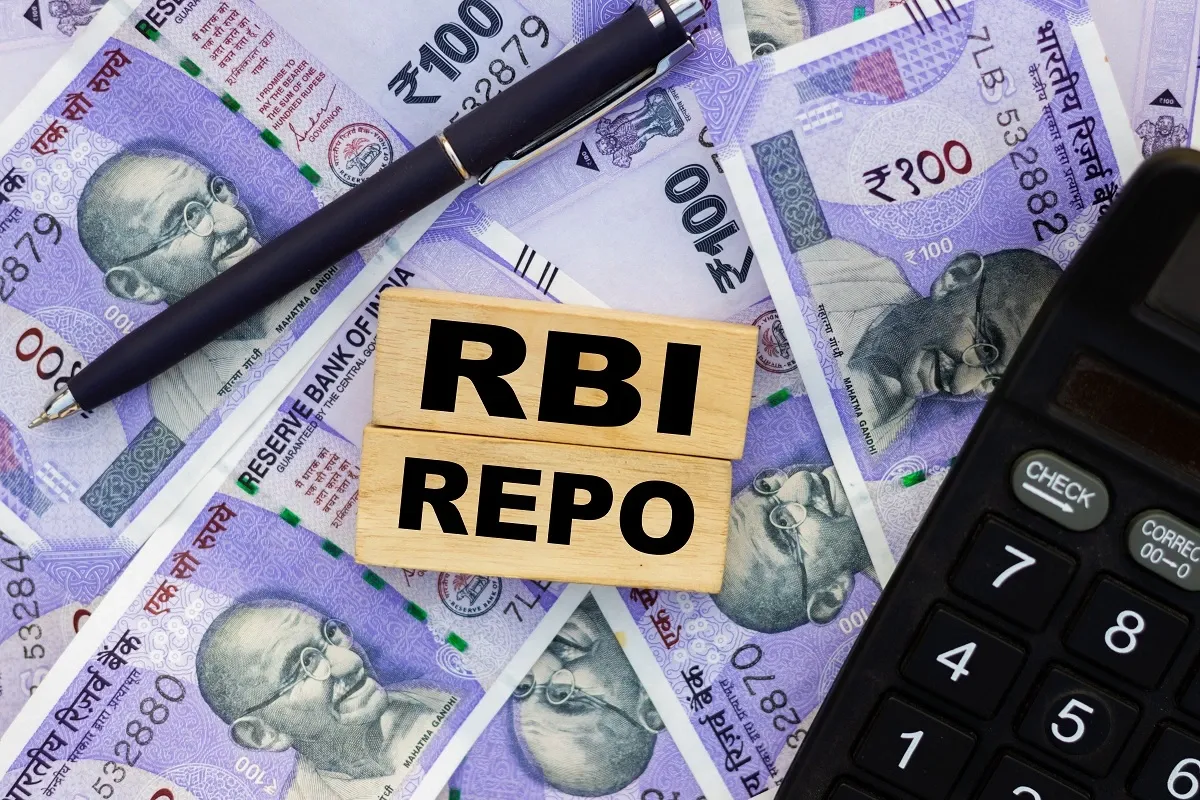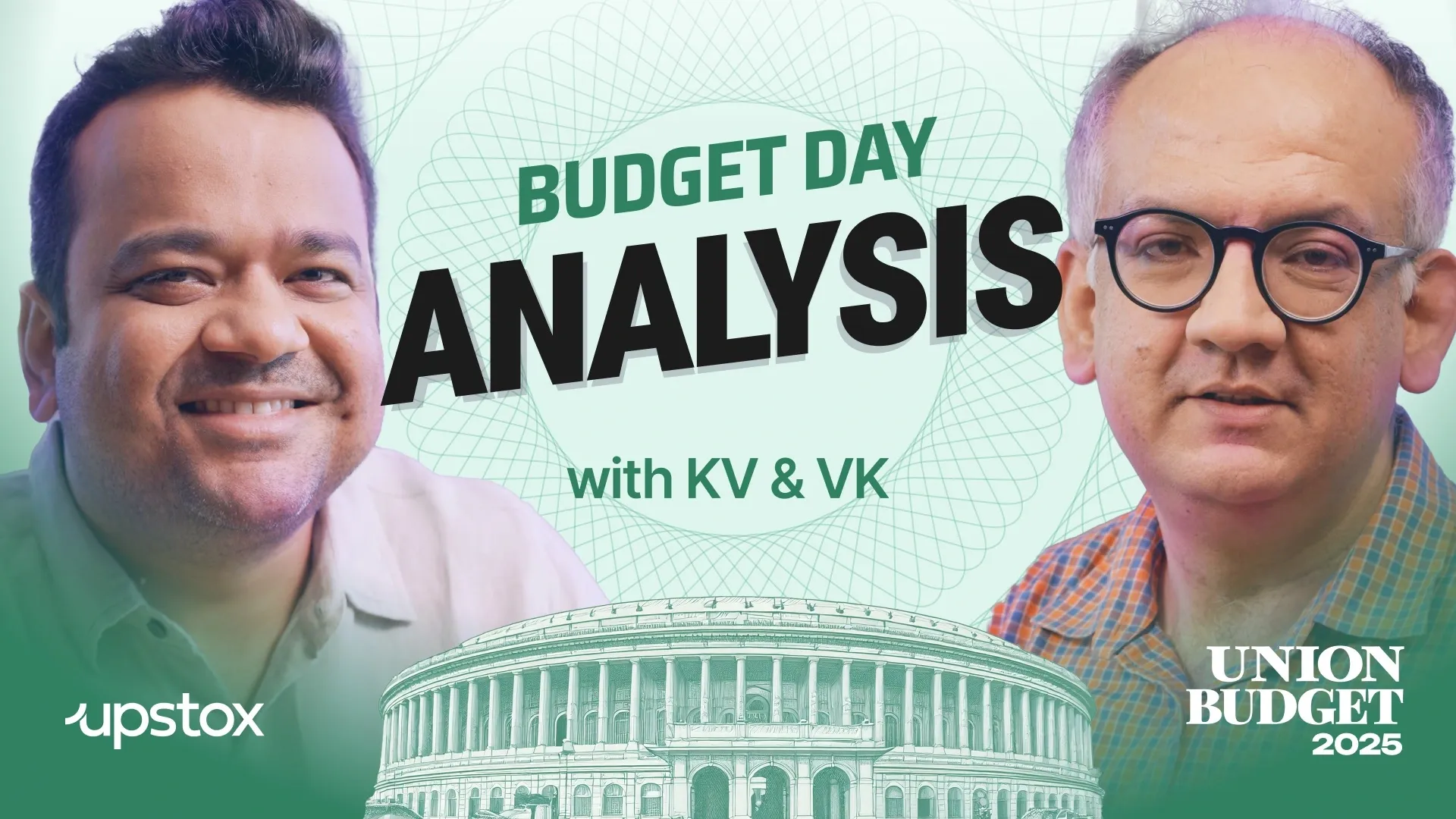Business News
Budget 2024: Minimal hopes for higher fertiliser subsidy; Focus on DBT2.0, Rabi crop subsidy
.png)
2 min read | Updated on July 18, 2024, 14:44 IST
SUMMARY
With raw material prices falling, investors expect no increase in fertiliser subsidies. The widely held view is that the Finance Minister will stick to the estimate outlined in the interim Budget.

Budget 2024: Minimal hopes for higher fertiliser subsidy; Focus on DBT2.0, Rabi crop subsidy
Amid a decline in raw material prices, investor expectations regarding increasing fertiliser subsidies are subdued. Experts also expect the implementation of direct benefit transfer 2.0 and an upward revision in subsidies for Rabi crops.
The prevailing sentiment suggests that the Finance Minister will adhere to the estimates outlined in the interim Budget. Notably, the interim Budget had projected the fertiliser subsidy requirement for FY25 at ₹1.64 lakh crore, down from ₹1.89 lakh crore allocated in FY24.
Industry experts anticipate a potential rise in allocations to reduce reliance on fertiliser imports and enable new capabilities such as nano urea, given its potential for significant transportation cost savings.
Furthermore, the implementation of direct benefit transfer (DBT) in the fertiliser sector since FY17 has streamlined subsidy payments. Under the new system, subsidies are disbursed within 7 days after point of sale (POS) transactions, contrasting with the previous method where 90% of subsidies were released upon receipt of fertiliser in district warehouses, with the remaining 10% after POS sales. Looking ahead, the government's plan to introduce DBT 2.0, which aims to directly transfer subsidies into farmers' accounts, is anticipated to further benefit fertiliser manufacturers by enhancing working capital management.
Expectations also include incentives to promote organic fertilisers, with initiatives aimed at positioning India as a hub for organic fertiliser production.
Fertiliser companies faced challenging earnings in FY24 due to soft prices, subdued demand, and heightened competition from inexpensive Chinese imports. Many companies in the sector reported steep declines in both revenue and net profit. Despite these challenges, recent quarters have shown signs of recovery, with demand expected to rebound in the second half of the current fiscal year, coinciding with the Rabi sowing season.
Anticipation for an upward revision in subsidies for Rabi crops is also on the horizon. Last October, the government reduced subsidies for nitrogen, phosphorus, and potassium (NPK) fertilisers for the 2023-24 Rabi season amidst falling global prices. However, given subsequent cost increases, analysts foresee a likely upward adjustment in subsidies. Additionally, supply disruptions in the Red Sea route have limited NPK fertiliser availability, contributing to price spikes in the global market.
Analysts foresee a positive market reaction for fertiliser stocks if the government surprises with an increased subsidy bill. Heightened subsidies lower production costs, stabilize prices and strengthen profit margins for fertiliser manufacturers. Moreover, subsidies act as a safeguard against market volatility, enhancing overall financial performance.
About The Author
Next Story

